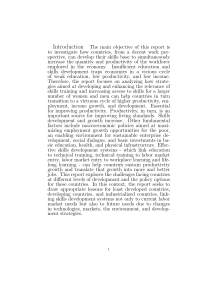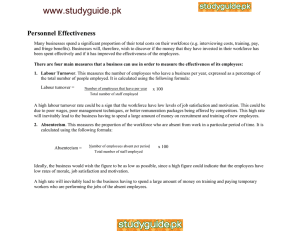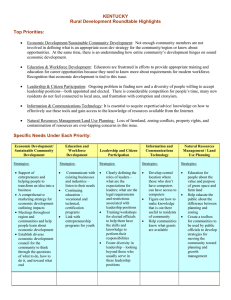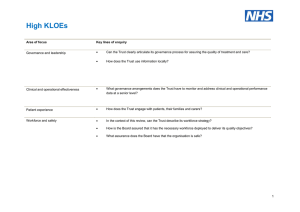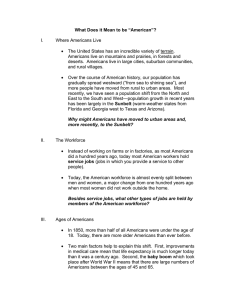www.studyguide.pk Human Resource Planning (H.R.P)
advertisement
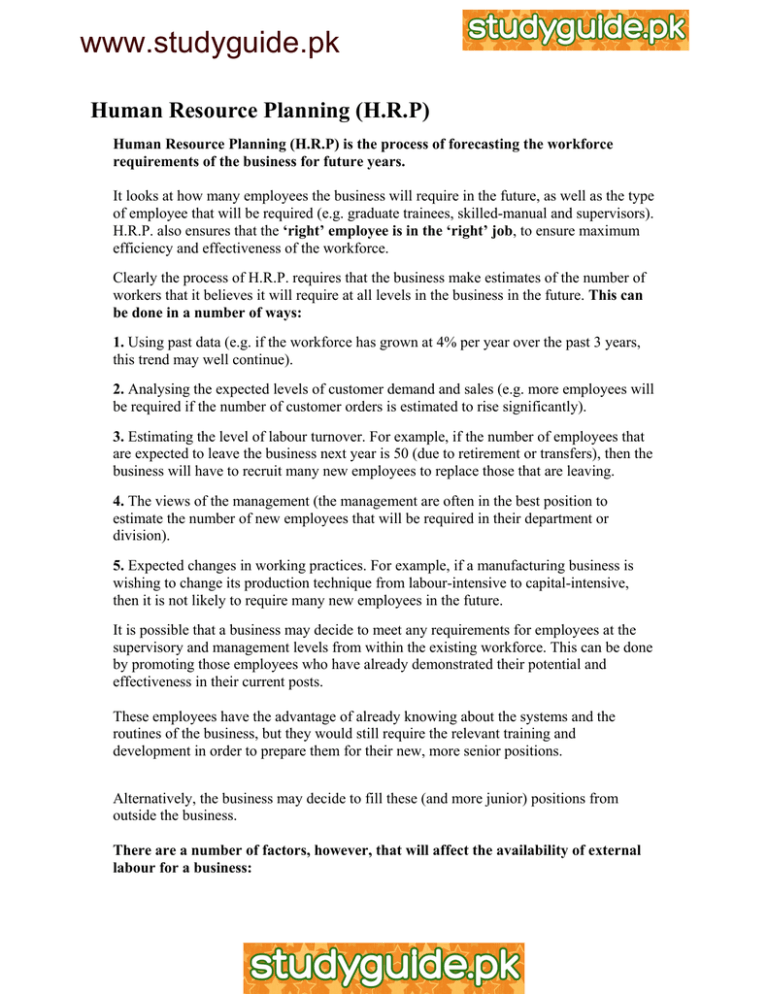
www.studyguide.pk Human Resource Planning (H.R.P) Human Resource Planning (H.R.P) is the process of forecasting the workforce requirements of the business for future years. It looks at how many employees the business will require in the future, as well as the type of employee that will be required (e.g. graduate trainees, skilled-manual and supervisors). H.R.P. also ensures that the ‘right’ employee is in the ‘right’ job, to ensure maximum efficiency and effectiveness of the workforce. Clearly the process of H.R.P. requires that the business make estimates of the number of workers that it believes it will require at all levels in the business in the future. This can be done in a number of ways: 1. Using past data (e.g. if the workforce has grown at 4% per year over the past 3 years, this trend may well continue). 2. Analysing the expected levels of customer demand and sales (e.g. more employees will be required if the number of customer orders is estimated to rise significantly). 3. Estimating the level of labour turnover. For example, if the number of employees that are expected to leave the business next year is 50 (due to retirement or transfers), then the business will have to recruit many new employees to replace those that are leaving. 4. The views of the management (the management are often in the best position to estimate the number of new employees that will be required in their department or division). 5. Expected changes in working practices. For example, if a manufacturing business is wishing to change its production technique from labour-intensive to capital-intensive, then it is not likely to require many new employees in the future. It is possible that a business may decide to meet any requirements for employees at the supervisory and management levels from within the existing workforce. This can be done by promoting those employees who have already demonstrated their potential and effectiveness in their current posts. These employees have the advantage of already knowing about the systems and the routines of the business, but they would still require the relevant training and development in order to prepare them for their new, more senior positions. Alternatively, the business may decide to fill these (and more junior) positions from outside the business. There are a number of factors, however, that will affect the availability of external labour for a business: www.studyguide.pk 1. The rate of unemployment in the area. 2. The extent of the infrastructure in the area (e.g. price and availability of housing or availability of public transport). 3. Government incentives and subsidies (paying the training costs for the business). 4. The availability of workers with the necessary skills and qualifications. 5. The number of competitors in the area. However, there are a number of problems associated with Human Resource Planning, including: 1. Will the ‘new’ employees mix effectively with the existing workforce? 2. Changes in the external environment (e.g. a recession) could lead to the business having to make redundant several of the recently-appointed employees. It will always be difficult for a business to accurately forecast the number of new employees that it will require, because both the business-world and the internal requirements of the organization are very dynamic.

